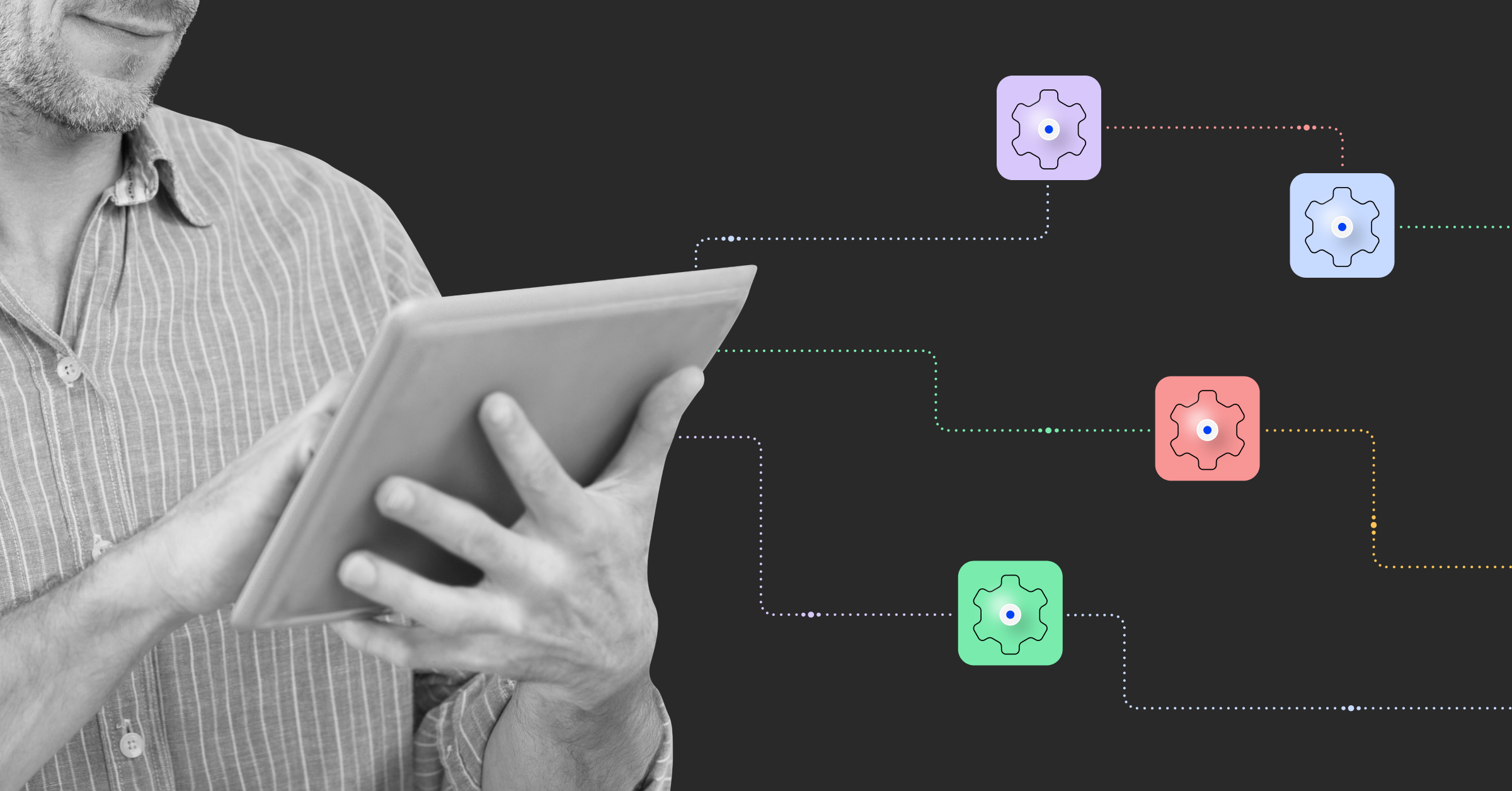Every day, operators receive mountains of alerts to sift through. Prioritizing alerts based on impact and severity can seem impossible. And constantly evolving IT environments increase complexity by orders of magnitude. Knowing which alerts to prioritize is extremely difficult, especially without the critical context to make those alerts actionable.
“When customers have more than 20 monitoring and observability tools, it makes it difficult to centralize data and identify important alerts,” said C Beers, a resident solutions architect at BigPanda, in a recent webinar. “BigPanda Unified Analytics helps break down information silos and give teams data-driven insights so they can collaborate more efficiently and resolve incidents faster.”
Simply giving operators more data isn’t the answer. They need context. Anyone who has worked in IT will tell you that a flood of data without context is an efficiency vampire, draining energy and resources from even the best teams. When combined with siloed teams, data that lacks context creates information gaps, unrealistic expectations, and immense stress for operators. In addition, it impacts service availability and operational efficiency.
“Siloed information and a lack of collaboration between observability, IT operations, and service management creates inefficiencies and extends incident resolution times,” said C. “Advancements in generative AI can help democratize access to operational knowledge so your responders know what’s happening and can act quickly.”
By delivering all the information teams need — in context, quickly, and upfront — your teams can understand what happened, why, and what to do about it. This comprehensive view of every incident is the foundation of full-context operations.
“Adding context to enrich alert data leads to more effective prioritization,” said Paul Bevan, research director of IT infrastructure at Bloor Research. “This results in faster problem resolution and fewer service disruptions.”
With better context, ITOps teams can remove silos, streamline collaboration, and reduce workload to move faster, avoid surprises, and give every operator a complete picture of incidents.
Correlate monitoring, topology, CMDB, change, and historical data across sources and dimensions to provide a unified, actionable view of an alert and incident. Alerts with context become actionable. Incidents with context can be quickly prioritized and remediated.
Full context enables teams to anticipate issues as they develop and proactively detect, identify, and resolve incidents before they become outages. Full-context operations provide the data, insights, and processes to make ITOps faster, more consistent, and sustainable.
By standardizing data and processes, and adding context to every incident, teams can more easily anticipate and collaborate on issues, allowing them to proactively identify potential problems for better service reliability and operational efficiency.
AIOps uses context to break data silos
Tackle the pain points of disjointed information, delayed decision-making, and reactive firefighting in IT operations. AIOps platforms, when properly designed and implemented, can connect data, workflows, and teams in real time. Eliminating blind spots, fostering collaboration, and empowering proactive incident resolution leads to smoother operations and happier users.
Step 1: Connect information across teams
Transform raw data from multiple systems to create actionable insights and break data silos.
- Standardize alert formats and integrate observability tools: Joining and normalizing observability and monitoring data involves converting alert formats into a standardized schema that includes critical information such as severity, alert type, and affected system. Standardization allows seamless integration and interoperability between tools like Splunk, New Relic, or AWS CloudWatch.
- Enrich alerts with relevant information from multiple sources: AIOps enriches alerts with contextual information like application names, server locations, and service impact. This context ensures that alerts are actionable and include comprehensive details that help identify and resolve incidents more efficiently.
Step 2: Augment and scale staff with AI
AIOps platforms allow teams to cope with the growing volume of data and handle incidents more efficiently without increasing headcount. In fact, by adopting effective AIOps event correlation, your organization can reduce alert volume by more than 95%.
Reducing alert volume empowers teams to focus remediation efforts on the incidents that need their expertise the most. Doing so also increases team efficiency while lowering MTTR and improving service availability. Make every team member an expert by providing historical and AI-powered insights and analysis. This information dramatically reduces investigation time by putting the information and context team members need at their fingertips, scaling the impact of each individual.
Step 3: Simplify and automate workflows
Communication is critical for effective incident response. AIOps can also facilitate collaboration, knowledge sharing, and collective decision-making among teams during critical incidents. Two key capabilities make the difference:
- A common platform and collaboration workflows: Ensure that your ITSM and ITOM teams share a platform designed to facilitate collaborative incident management and resolution. A common platform where teams can assign tasks, share notes, and update incident status within the same interface streamlines workflows, ensures alignment on the resolution process, and reduces MTTR.
- Automation of repetitive tasks: Using AI to automate workflows with rote, repetitive tasks allows teams to focus on resolving high-priority issues rather than sifting through irrelevant alerts.
“Analytics and automation can reduce your teams’ workload while helping continuously improve service delivery,” said C Beers. “The goal is to improve your organization’s event management processes by improving observability, automation, and collaboration.”
Break data silos with BigPanda AIOps
BigPanda offers the only resilient and scalable AIOps platform that centralizes knowledge across data sources and dimensions to reveal potential relationships within incidents and accelerate detection, response, and resolution times. With BigPanda’s unique ability to supply full context for every IT incident, our customers report up to a 50% reduction in MTTR.
“Before implementing BigPanda, the amount of alert noise was overwhelming,” said Christopher Black, divisional CTO at CDI, an AHEAD Company. “BigPanda allowed us to implement AI that reduces alert noise and gets us to root cause faster.”
Get our e-book to learn how BigPanda can transform your ITOps practice with improved context.





